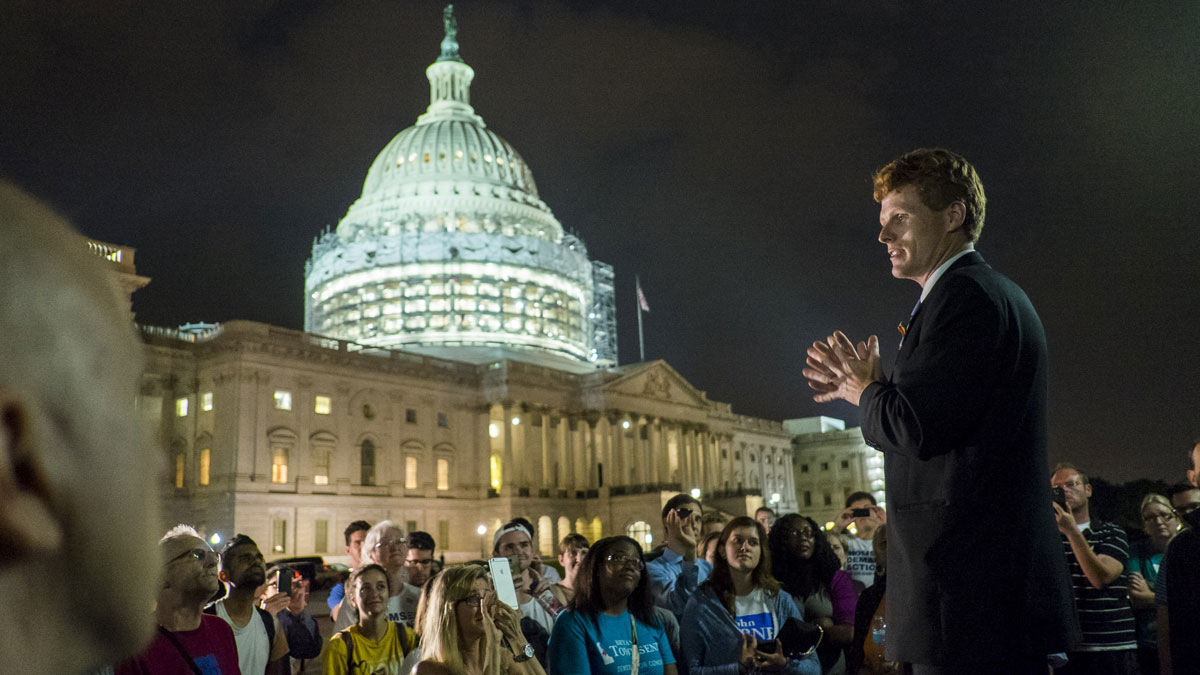
- Select a language for the TTS:
- UK English Female
- UK English Male
- US English Female
- US English Male
- Australian Female
- Australian Male
- Language selected: (auto detect) - EN
Play all audios:
Religious congregations in India and indiscipline go hand in hand. We enjoy noise and confusion. Take a South Indian wedding, for instance. The moment the bridegroom ties _mangal sutra_
around the bride's neck, everyone in the hall rushes to the rostrum wanting to bless the couple. For the next few minutes there is utter chaos, with the physically strong edging out the
weaker section. I once tried to appeal to the invitees to go up the stage in a queue and made a fool of myself! The situation in a temple is far worse, with every devotee trying to get a
small share of the _prasadam_ after the _arti_ is over.There is a no-holds-barred scramble towards the priest, resembling a crowd waiting for dole at times of poverty, shortage and hunger.
This is our ethos and code of conduct. There is something wrong in the Indian psyche that promotes one-upmanship and utter lack of consideration towards fellow human beings. ‘DARSHAN’ AT THE
EXPENSE OF PERSONAL SAFETY I was shocked to read about the Varanasi mishap. But I was not surprised at what happened. This is waiting to happen at every one of our places of worship. If
there is no tragedy most of the times, it is sheer chance and the benefaction of the Almighty. As a young Assistant Superintendent of Police, way back in the 1960s, I had three famous
temples in my jurisdiction – Nagore Dargah, Velanganni and Sikkil Singaravelar – representing three different religions. The annual festivals in the first two were a nightmare, because
rituals had a moment of crescendo, when the entire gathering would want to get as close to the sanctum sanctorum as possible to have '_darshan_', entering (nay rushing) through
narrow corridors. One's personal safety is invariably bartered for a glimpse of the Lord on such momentous occasions. CROWD MANAGEMENT What is the role of police in all this? Planning
and regulation are its responsibility. The standards of response vary from centre to centre. A well-established shrine like Tirumala and a marvel of a festival like Kumbh Mela stand out for
their elaborate infrastructure and supervision. While I have not been to a Kumbh, I have heard so many police colleagues outside Uttar Pradesh praising its management in lyrical terms.
Actually, many IPS trainees are deployed there as part of their training so that they can imbibe fundamentals of crowd management. THE TIRUMALA-TIRUPATHI DEVASTHANAM MODEL During every visit
to Tirumala, my admiration for the Tirumala-Tirupathi Devasthanam (TTD) goes up for its emphasis on the pilgrims’ access to the the sanctum sanctorum without compromising individual safety.
> The liberal use of technology – providing electronic tag to each > pilgrim that alerts the latter when his or her turn comes for entry, > wherever he is in and around the huge
complex – is a model that is > worthy of emulation in large places of religious worship. The > essence is the use of simple modern technology without too many > frills. POLICE CAN’T
BE FAULTED ALONE The point is whether the TTD model can be used in open places outside a shrine. This is the crux of the police problem. Early reports indicate that the strength of the
gathering in and around a Varanasi bridge, where the mishap took place, far exceeded the expectation. Police can be faulted for this. But then is there a way such estimates can be arrived at
with reasonable accuracy? I do not think so. Ours is an utterly complex society that defies all predictions, especially where religion is involved. > Having said this, police leadership
could do a lot in providing > ideas to district-level officials for ensuring smooth conduct of > annual festivals. Many temples grudge spending on security despite > possessing huge
resources. The mindset has to change quickly at the instance of civil administration and religious heads. Tragedies like Varanasi will be fewer and far between if only there is more
enlightenment on these lines. Pilgrims are an amorphous lot who can hardly be coaxed into disciplined conduct at festivals. They can only be guided with the help of a few inputs. They can
hardly be compelled to observe basic precautions. This is a malaise that we may not be able to cure for decades. COLLABORATION BETWEEN ADMINISTRATION, RELIGIOUS HEADS A final thought. The
Indian police – despite its many shortcomings – has performed remarkably well in handling large religious crowds. Sensitivity to the expectations of the pilgrims has been the hallmark of
arrangements. Responses have been striking for their understanding of the requirement of firmness blended with kindness. What is most striking is that such responses have cut across
religious lines. I personally know of many instances of Muslim and Christian policemen winning the hearts of Hindu temple managements for their adroit handling of crowds. When this is the
case, there is no room for despair. What we need is intelligent and generous use of religious resources under the guidance of the civil administration that includes police. (_The writer is a
former CBI Director. He can be reached at_ _@rkraghu1._ _This is an opinion piece and the views expressed above are the author’s own._ _THE QUINT __neither endorses nor is responsible for
the same.)_ Published: 17 Oct 2016, 7:26 AM IST







